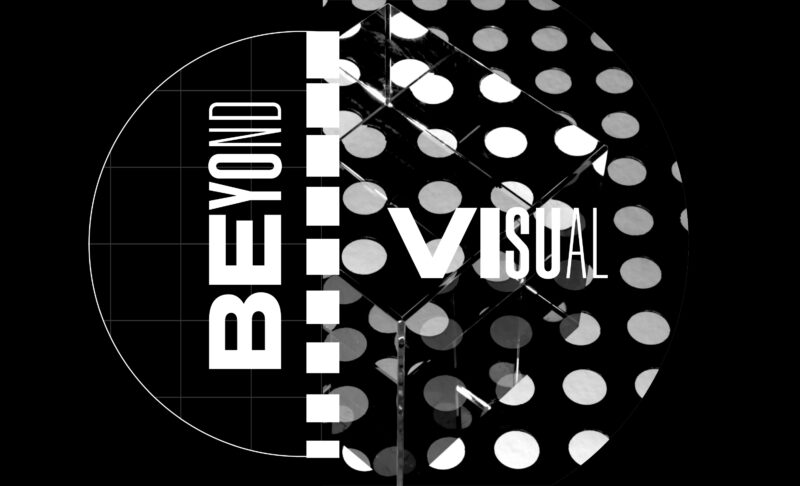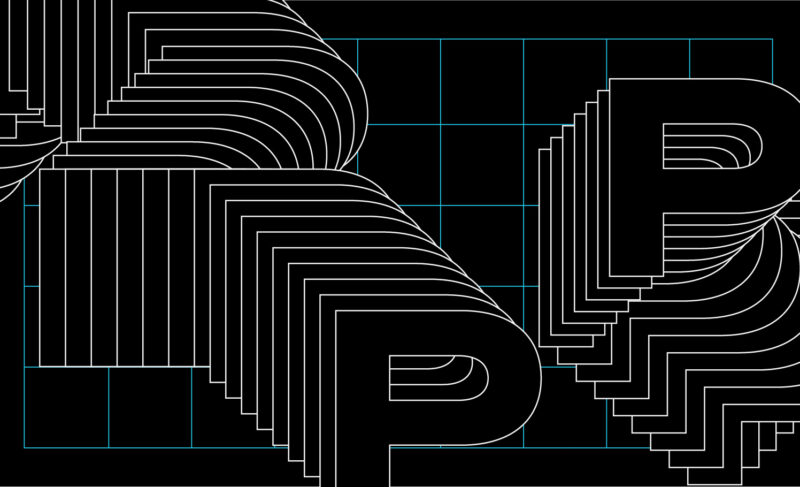Related Services
Credits
Writer: Dejan Kvrgic

Design thinkers should be human-centered, empathy-driven creatives that can put aside what they know – opinions, knowledge, and worldviews – and abandon biases and preconceived ideas.
They should approach the design process with a sense of humility and a heightened awareness of their audience and its needs and wants. Why?
Because the extent to which you can know your users, empathize with them, and experience their pain points as if they were yours will determine the outcome of your designs.
Make empathy the key ingredient to design thinking. Here’s how.
What Is Empathy In Design Thinking?
“Empathy” is a complex term, one that can be construed in many different ways, based on the context – and the speaker. But for the sake of this topic, it’s important to explore the semantic diversity behind it.
Empathy can be defined as:
The action of being aware of, being sensitive to, understanding, or vicariously experiencing the feelings, experiences, and thoughts of another – without those feelings and thoughts being communicated fully or explicitly.
In essence, it’s the ability of individuals to imagine themselves in the circumstances of another or to put themselves into another person’s shoes. It’s about being able to truly see the world in a given context or situation through the eyes of another.
Empathy is an innate, naturally occurring quality in all humans – albeit to varying degrees. In the social context, for example, empathy is generally what drives individuals to take action.
And what does it mean for designers?
Empathy, as the key ingredient to design thinking, is what enables us to understand the user’s feelings, experiences, problems, and motivations. And without it, the design process would lack the all-important user-centricity that often draws the line between success and failure.
When your design meets both emotional and functional needs, all at once, amazing things can happen; our Golden Globes case study is proof of that.
About Design Thinking: Empathize, The First Stage Of The Design Thinking Process
We know what empathy is and we can tell that it’s crucial – but where exactly does empathy fit into the design thinking process?
Design thinking has five stages. The framework works as a whole, with every stage depending on the previous one.
In a nutshell, the process looks a bit like this:
- Empathize
- Define
- Ideate
- Prototype
- Test
As you can see, empathy serves as the starting point of any design project. In fact, it constitutes stage one of the design thinking process – and for a reason, too.
When you employ empathy in the initial phase of the project, you take the first step on the road to designing a thoughtful product. The result is something that’s built with a compassionate eye and a deep understanding of the users you are designing for and the pain points you are trying to address.
How you understand and connect with your users – and their pain points – sets the tone for your project, the design process, and, ultimately, the success or failure of your product. But at the same time, it’s crucial to note that empathy should never be viewed as a stage you go through before you move on to the next one.
Design With Empathy: Empathy-Building Methods In Design Thinking
By now, it should be evident that your design thinking process, from start to finish, needs to be empathy in action. Empathy-driven activities and efforts need to extend throughout the process, wherever and whenever they are needed.
It’s not about website visits, clicks, and buyer personas; it’s about understanding their intentions and motivations, knowing your target audience on a deeper level, and creating useful, rewarding experiences.
Design teams that consistently keep their target audience’s needs in mind are better equipped to maintain and evolve products that fulfill them. The idea is simple – your team needs to shift the focus from KPI-driven strategies and trends and towards a more user-centric design.
But it begs the question: What’s the best way to establish and leverage empathy – in the first phase of design thinking and beyond?
A few empathy-build exercises that could help you gain a deeper understanding of what makes your users tick include:
Interviews
You are not your user.
It seems obvious enough when we say it like that. But designers and developers fall into the trap of projecting their behaviors, experiences, and reactions onto the users they’re designing for more often than you think.
Try conducting empathy interviews in a generally structured, open-conversation-like style and natural flow, instead. Most importantly, don’t steer the interview with a list of predetermined questions.
Focus on uncovering insight – not confirming or negating any preconceived notions.
Immersion & Observation
Observing real users in action – be it in their natural environments or a specific setting – can be another extremely powerful tool for creating deeper, more meaningful experiences.
You’ll be able to read their behaviors, non-verbal expressions, body language, and subtle indications within context, through photo or video-based studies. That could help you fill in the gaps and identify even those needs and challenges that they are not aware of – or might not be able to articulate.
Empathy Maps
An Empathy Map is a tool that allows you to empathize, understand the users’ needs more deeply, synthesize your observations – and draw out insights about what your users need and want.
The map is designed to elicit empathy and define your challenges in design thinking. It consists of four primary quadrants that reflect key traits, referring to what the user – Said, Did, Thought, and Felt.
Engaging With Extreme Users
Don’t shy away from extreme users; they’re the ones that can point you towards the full scope of the problems your users are facing and help you uncover new insights.
If you can determine and address the greatest, most extreme degrees of your users’ needs successfully, meeting the needs of the average, so-called “mainstream” users will come easy.
And remember: To empathize is to research.
You should constantly wonder about the what, how, and why behind your users’ behaviors and translate these observations – assumption-free, of course – into more abstract user motivations.
Empathy And Design Thinking 2021: Conclusion
One of the key ingredients of any ground-breaking design and the thing that separates it from those destined for failure is the empathetic understanding of –and connection to – the user. Empathy has become an important thread that runs through every modern design process and the key ingredient to design thinking.
If you’re looking for ways to leverage design empathy at various stages of product development, get in touch.
We’re experts at creating strategies that are data-driven but don’t overlook the critical principles of human-centric design, combining design thinking and empathy into one!


